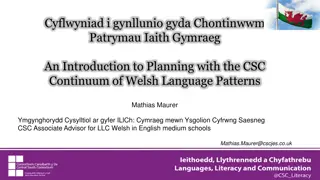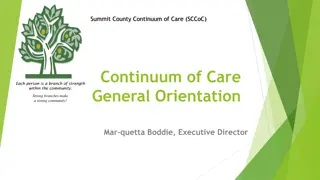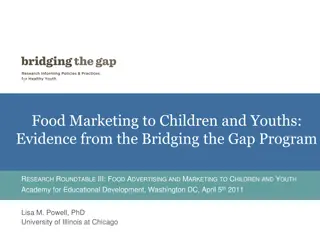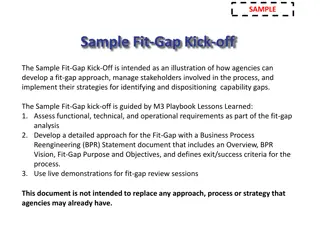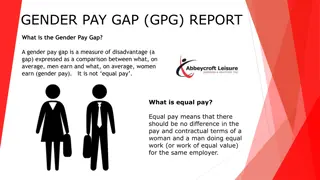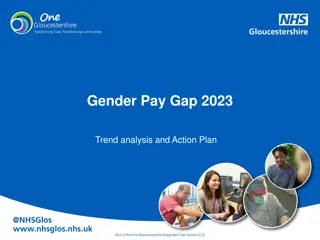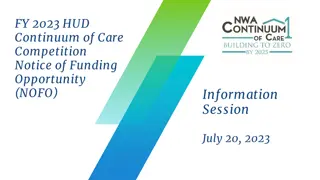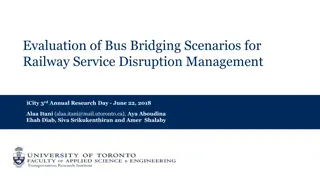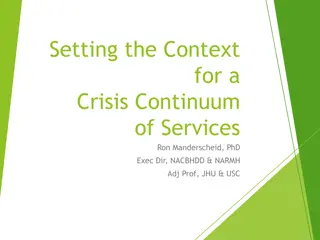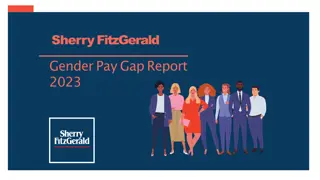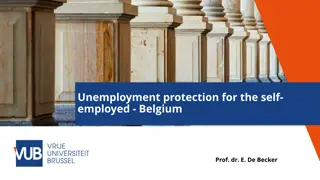Bridging the Information Gap Across the Care Continuum: A Team Approach
Addressing the importance of effective information transfer in healthcare transitions, this article highlights a team-based approach to prevent skin breakdown and pressure ulcers during care transitions. Through group meetings, problem identification, resolution timelines, and accountability, the focus remains on patient safety and continuity of care.
Download Presentation

Please find below an Image/Link to download the presentation.
The content on the website is provided AS IS for your information and personal use only. It may not be sold, licensed, or shared on other websites without obtaining consent from the author. Download presentation by click this link. If you encounter any issues during the download, it is possible that the publisher has removed the file from their server.
E N D
Presentation Transcript
Bridging the Information Gap Across the Continuum of Care The Key To Successful Transition of Care A TEAM APPROACH 1
Initial Group: First Meeting: December 3, 2009 3 Nursing Homes Danville Regional Medical Center (Quality Director, Case Management, Emergency Room, Risk Management) VHQC Facilitator Initial Group: First Meeting: December 3, 2009 Goal: Prevent skin breakdown or worsening of an existing pressure ulcer by getting the necessary skin/wound information about an individual to the next setting. Goal: Prevent skin breakdown or worsening of an existing pressure ulcer by getting the necessary skin/wound information about an individual to the next setting. This required a commitment of everyone involved to renew our focus on the patient at the center of the transition process, to understand what each setting needs to make the patient at high risk for pressure ulcers safer and prioritize opportunities identified. Lessons learned from first meeting: ** Anytime someone will listen to your problems, PEOPLE WILL COME AND PARTICIPATE!! 2
Where do we begin? Where do we begin? 1) Outlined the current process for skin assessment in each setting. 1) Outlined the current process for skin assessment in each setting. 2) Identified specific problems 2) Identified specific problems 3) Identified resolutions and provided timelines for problem resolution. 3) Identified resolutions and provided timelines for problem resolution. 4) Needed every person who touched the patient to be involved so we invited additional people to join the team . 4) Needed every person who touched the patient to be involved so we invited additional people to join the team . WE NEEDED A TEAM APPROACH!! WE NEEDED A TEAM APPROACH!! 3
Problems identified at time of/during transition 1) Long wait times in the ER- immobile patients not turned/positioned Problems identified at time of/during transition. A) A) 2) Poor communication between the Nursing homes and hospital of turning and positioning. 3) Delays in transportation causing possible skin breakdown due to lack processes/requirements. 4) Some nursing homes had different admission Solutions discussed honestly and realistically with assignments for follow up given to each member mandatory! Solutions discussed honestly and realistically with assignments for follow up given to each member. Accountability for each person was mandatory! Accountability for each person was 4
Hourly rounding in the Emergency Room on all patients. (This has been implemented hospital wide on all nursing units). Place all patients being admitted in a hospital bed if no rooms are available at time of admission. B) Nursing checks the patient immediately prior to transportation. If transportation is delayed, the agency will contact the nurse on the unit. Nursing Homes call the patients Case Manager or nurse to inform them if the resident has an ulcer. Ensure consistent documentation of High Risk and Pressure Ulcer stage/current treatment goes with the patient to each setting. 5
Biggest Problem in Our Process: Lack of consistent communication and tools. SBAR (Situation, Background, Assessment, Recommendation) Many tools evaluated by the team. Trial and Error. It s OK to make mistakes! Don t reinvent the wheel, look at what you are already using. EVERYONE follows the decision made by the majority. 6
Tools we decided to use: 1) Phone call to Nursing Home to give them a verbal report. If no answer, send written standard report. Have a designated line to call for each nursing home and a contact person . 2) For transportation issues/concerns, we decided to have a contact person at the hospital who would follow up concurrently on any issues. A transportation contact person was also assigned for the hospital to contact for any concerns/issues. 3) The Director of Information Systems started a year long process of obtaining consent from corporate to give electronic access to all nursing homes. This was approved in October, 2011. This allows consistent, accurate patient information to all nursing home facilities to ensure continuity of care. Access to all of the patient s information enables all providers to have all documentation needed to put the patient as the top priority. Tools we decided to use: Coming together is a beginning; keeping together is progress; working together is success." Henry Ford Coming together is a beginning; keeping together is progress; working together is success." Henry Ford 7
7) Transportation agency purchased new ventilator due to cross setting discussions. 8) Improvement in pain management for all patients by routinely providing pain medication prior to transportation pick up. 9) Forum for all settings to inform of changes, new services available. 10) Identified specific personnel in the nursing home, hospital, and transportation agency to call if any issues need immediate resolution. 11) Heart Failure Coordinator provided education to nursing homes on Congestive Heart Failure to assist with assessment and maintain stabilization of CHF patient. 12) Policy was written regarding controlled substances not stocked in EMS medication box for EMS Transport from DRMC. 13) Assistance in ensuring correct equipment is returned to the correct place (i.e. wheelchairs, O2, etc) 9
At times our own light goes out and is rekindled by a spark from another person. Each of us has cause to think with deep gratitude of those who have lighted the flame within us. Albert Schweitzer 10
Danville Regional Medical Center Riverside Health and Rehab Gretna Health and Rehabilitation Center Piney Forest Health and Rehabilitation Center Stratford Rehabilitation Center Roman Eagle Memorial Home, Inc. Chatham Health and Rehabilitation Center Vans Med Tech Regional One Transportation 11
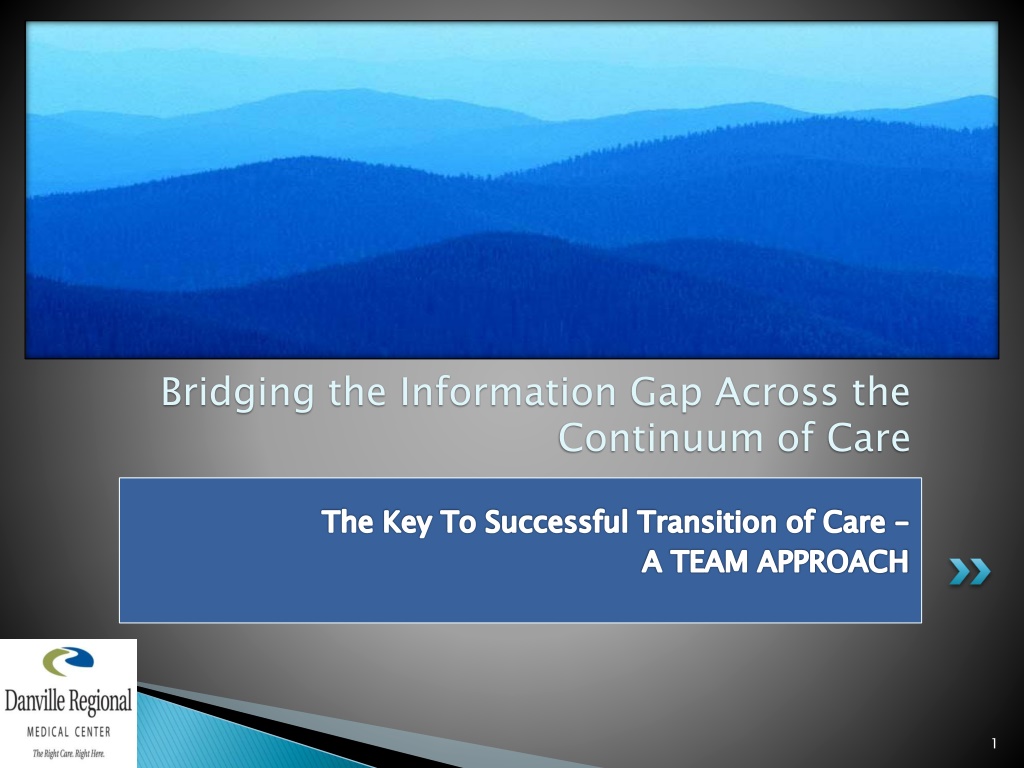
 undefined
undefined









 undefined
undefined





